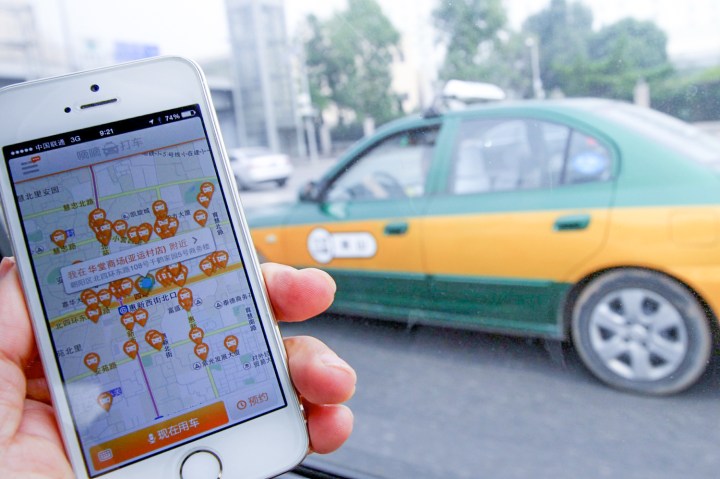
The San Francisco-based company has agreed to merge its China business with Didi Chuxing, the dominant ridesharing player in the giant Asian nation, Bloomberg said on Sunday evening.
The reported deal, which could be announced as early as Monday, will see Uber China investors take ownership of 20 percent of the new unit, with the combined entity valued at $35 billion.
In an as-yet unpublished blog post obtained by the news outlet, Uber CEO Travis Kalanick noted that despite massive investment, both Uber and Didi Chuxing have been struggling to make money in China.
“As an entrepreneur, I’ve learned that being successful is about listening to your head as well as following your heart,” Kalanick wrote in the post.
“Uber and Didi Chuxing are investing billions of dollars in China and both companies have yet to turn a profit there. Getting to profitability is the only way to build a sustainable business that can best serve Chinese riders, drivers and cities over the long term. I have no doubt that Uber China and Didi Chuxing will be stronger together.”
Uber investors have, according to Bloomberg, been calling for the company to find an effective way forward with its China business, one which by Kalanick’s own admission is losing the company more than a $1 billion a year. In many other markets the company has been turning a profit.
Interestingly, Sunday’s revelation comes just days after Chinese regulators announced new rules that from November will make it a whole lot easier for online car booking services to operate.
Backers of Beijing-based Didi include not only Chinese internet giants such as Alibaba and Tencent, but also Apple, which in May announced a $1 billion investment in the company. Bloomberg notes in its report that clearing its damaging losses in China should take Uber another step closer to its eventual IPO.
Editors' Recommendations
- Uber says it’s investigating ‘cybersecurity incident’
- Uber app adds safety feature to let you report a problem from the car
- Uber received more than 3,000 reports of sexual assault in the U.S. in 2018
- Uber investigators were forbidden from reporting criminal allegations to police
- For $25 a month, Uber will give you rides, rent you a scooter, and grab dinner

